These Sites Connected to Nelson Mandela’s Life Are Haunting and Inspiring
Honor the anti-apartheid activist’s legacy by following his footsteps for his 100th birthday
/https://tf-cmsv2-smithsonianmag-media.s3.amazonaws.com/filer/bb/74/bb74fe9c-bda6-4277-9acc-776f322296c0/nelson_mandela_capture_site_16084095296.jpg)
Nelson Mandela—an activist and the former president of South Africa, who was instrumental in ending apartheid in the country and a champion of human rights—would have turned 100 this year.
Born in 1918, he was part of the Thembu tribe’s royal family in the South African village of Mvezo. When his father died in 1927, Mandela was destined to become royal leadership for the tribe. He was taken in by a Thembu regent who remained Mandela’s guardian throughout his education at a local missionary school. There, he was officially given the name Nelson—his birth name was Rolihlahla. After missionary school, he went to a boarding school and then university, though he was sent home from the latter after he and some other students held a boycott of university policies. When he returned to Mvezo, he discovered his guardian had arranged a marriage for him, but he fled—running away to Johannesburg where he would become involved in the anti-racism movements. He joined the African National Congress (ANC) in 1944.
In 1948, South Africa elected in a government driven by apartheid, which is a system of formal segregation by race. Mandela headed full-tilt into the anti-apartheid movement. Apartheid was becoming increasingly violent, with police opening fire on crowds of protestors, causing riots and panic. The ANC was forced underground, along with other anti-apartheid groups, as their members were constantly under threat of being caught or killed by the police. A year prior to Mandela’s capture in 1962, he formed MK, an armed faction of the ANC that would lead a resistance against apartheid practices. Upon his arrest, he spent 27 years in prison—but he was ultimately released in 1990, the same year in which he led the ANC to help end apartheid. In 1993, he was awarded the Nobel Peace Prize, and in 1994, he became South Africa’s first black and first democratic president.
Though Nelson Mandela’s legacy is ever-present throughout South Africa, these seven places are some of the best spots for an in-depth look at his life.
Capture Site, Durban
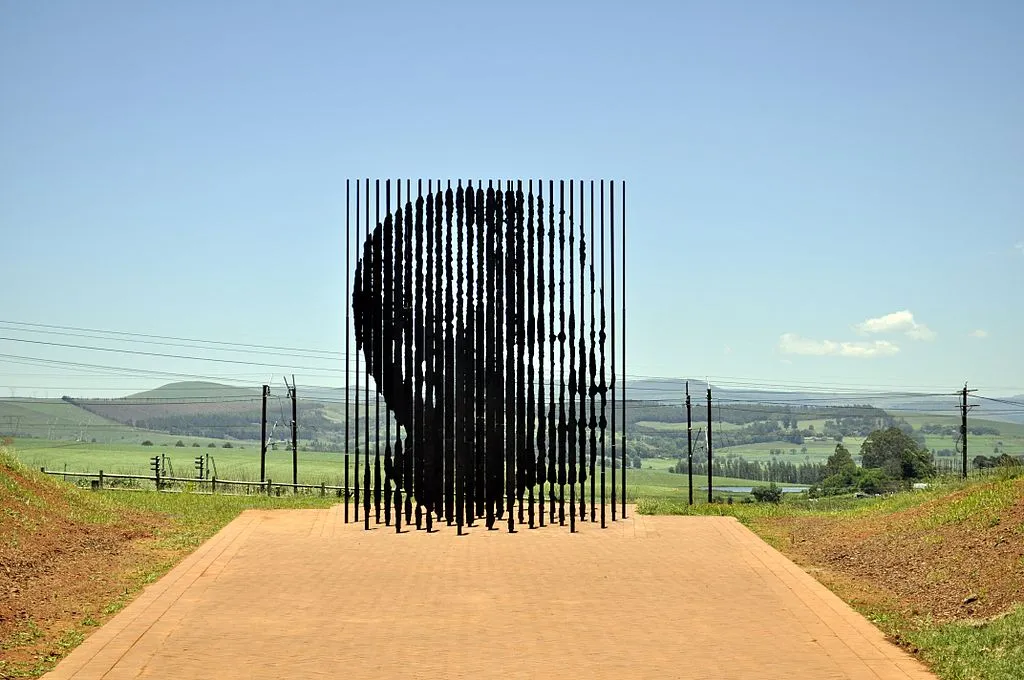
For nearly a year and a half, Nelson Mandela evaded apartheid police—until he was finally captured at this spot on August 5, 1962. He had just visited the home of the African National Congress’ president to ask for armed support in an upcoming struggle against the apartheid system, and was making his way down R103, acting as a chauffeur. An armed police officer flagged down the car and arrested Mandela. He would spend the next 27 years in prison. A previous monument on the site was nothing more than a plaque set into a wall; now, 50 steel columns are lined up in a way that from certain angles, Mandela’s face appears.
Robben Island, Cape Town
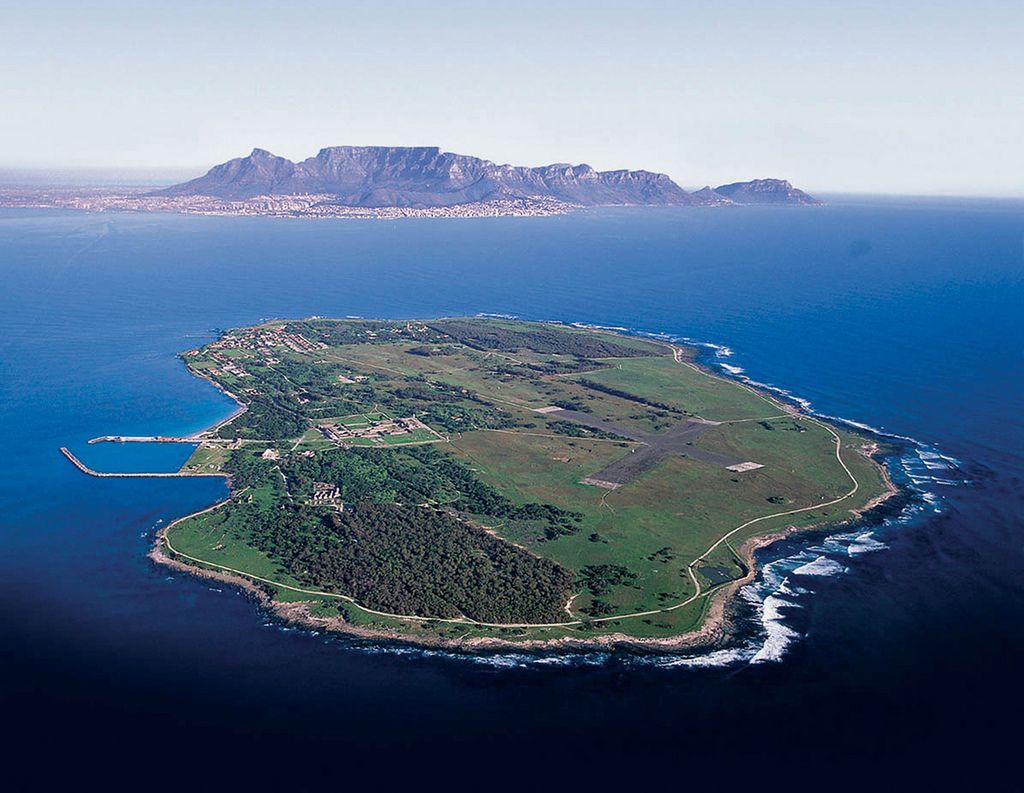
Mandela’s main cell was here on Robben Island, where he spent 18 of the 27 years of his imprisonment. The island itself was used as a prison or place of banishment for about 400 years; the prison occupied a former insane asylum buildings. While on the island, Mandela was forced to work in a quarry smashing rocks into gravel. He slept on the floor and only had a bucket for a toilet. But Mandela prevailed, using his time there to hone his education and debate skills with the other inmates, many of them political prisoners. Today, the prison is a museum. Former prisoners give the tours and Mandela’s cell is one of the highlights. In 1999, Robben Island became a UNESCO Heritage Site
Constitution Hill, Johannesburg
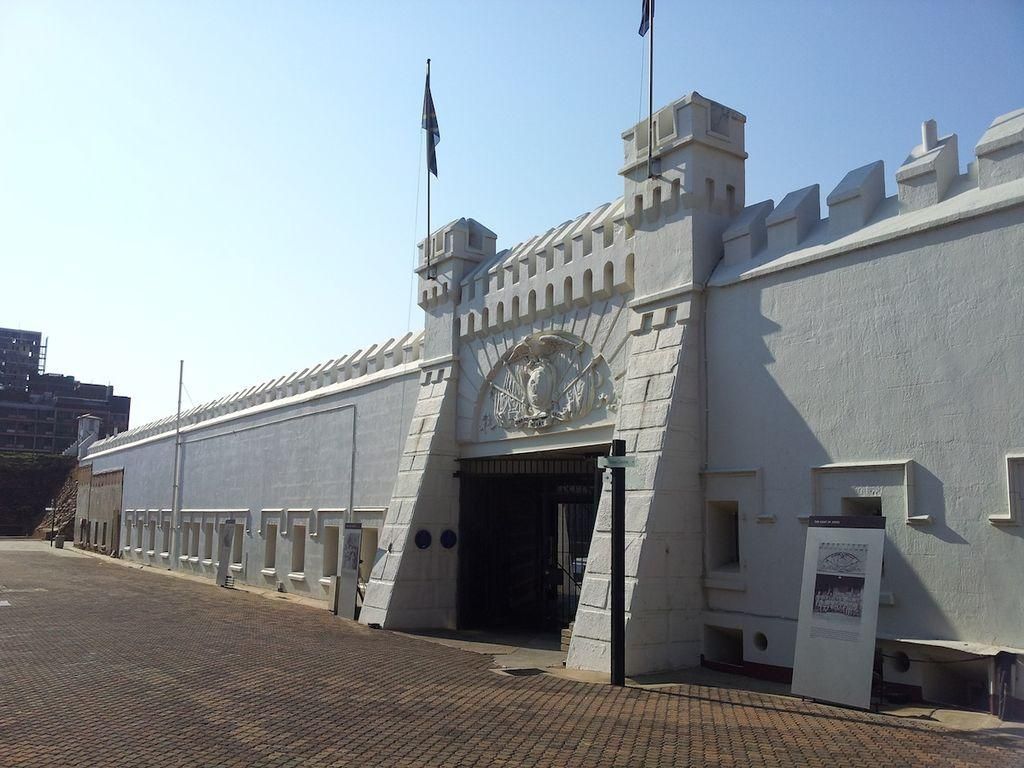
Constitution Hill—another prison complex—also served as one of Nelson Mandela’s places of confinement. The complex itself is more than 100 years old. The Old Fort, which was Johannesburg’s first military fort and first prison, was built on Constitution Hill in 1893. It was considered a whites-only prison, specifically for political and common-law prisoners. Mandela stayed in the Old Fort twice, as the only black prisoner on the jail’s record, once in 1956 prior to his treason trial, and once in 1962, after his capture. The Old Fort stopped operating as a prison in 1983, and the entire Constitution Hill complex is now a museum. South Africa’s Constitutional Court opened on Constitution Hill in 2004 and though it’s a working court, the building is open to the public.
Mandela House, Johannesburg
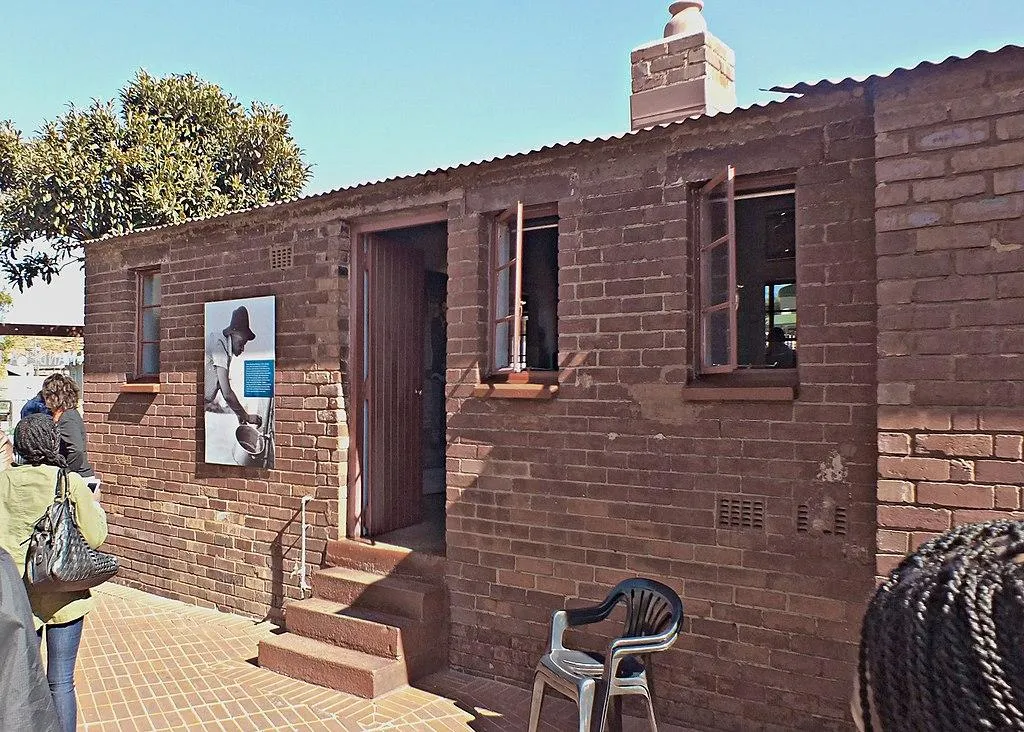
In 1946, Nelson Mandela and his first wife, Evelyn Ntoko Mase, moved into this house in Johannesburg’s Orlando West neighborhood. It was newly built in an effort to bring more homes and residents to the area. Mandela lived here with Mase until they divorced; she moved out in 1957 and the following year, his second wife, Nomzamo Winifred Madikizela, moved in. When Mandela’s political activism forced him to go into hiding and throughout his following prison time, Madikizela remained in the house with her children. They divorced in 1996, at which point Nelson donated the house to the Soweto Heritage Trust as a museum honoring the family’s legacy.
LiliesLeaf Farm, Rivonia
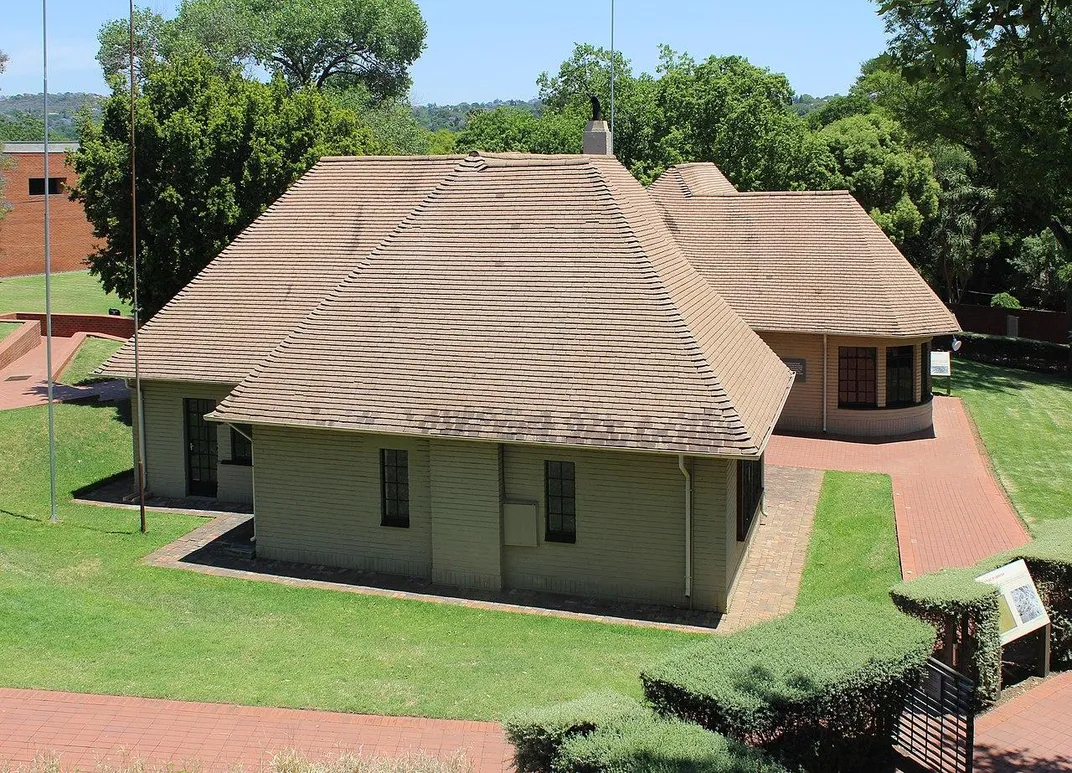
Just north of Johannesburg, Liliesleaf is an unassuming farm with a history integral to South Africa’s liberation. After the Unlawful Organisations Act was passed in 1960—a law that made it illegal for any group to advocate for apartheid’s end—the South Africa Communist party secretly bought Liliesleaf under an alias. The location became the headquarters for the underground as the African National Congress leaders decided to move from peaceful resistance into an all-out armed fight. Mandela moved to Liliesleaf in 1961, when he was forced underground due to his part in the fight for liberation. Police raided the farmhouse in 1963, when Mandela was in prison on Robben Island. Though he was not present, Mandela was still accused of sabotage and treason and put on trial.
Groot Drakenstein Correctional Facility, Cape Winelands
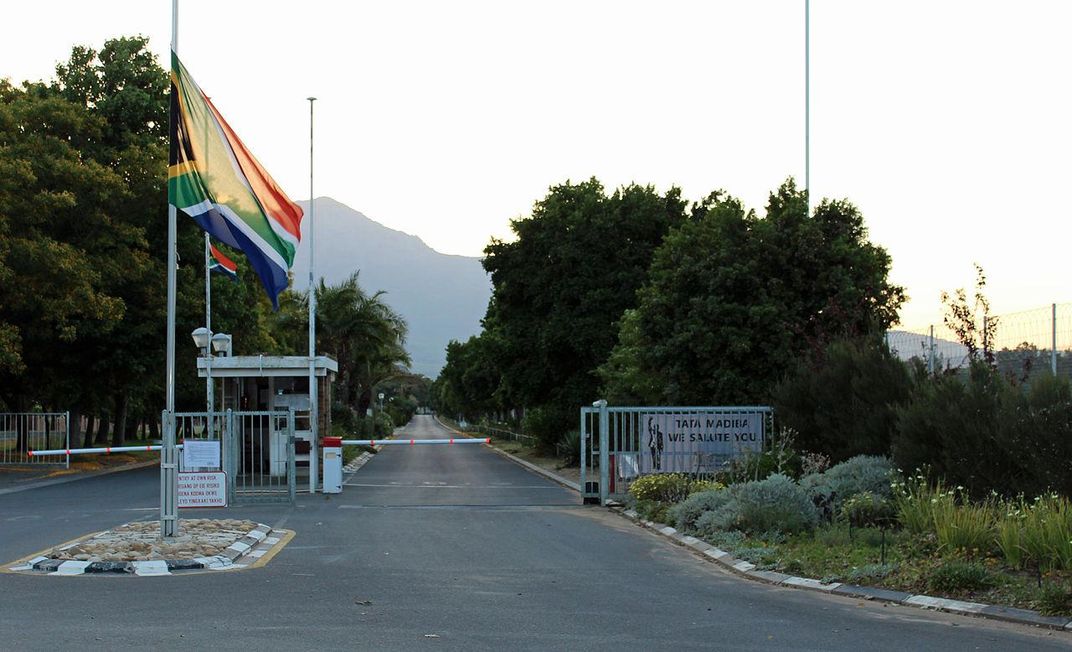
Though surrounded by rolling hills and grapevines, Groot Drakenstein is not to be taken lightly. The correctional facility is a maximum-security prison. Mandela spent the last year or so of his sentence here, though at that time it was called Victor Verster Prison. It was out of the existing gates here that Mandela took his first steps into freedom in 1990. At the very spot where he first walked out, there’s a statue of him with a raised fist—a piece of work commissioned by Tokyo Sexwale, who was also imprisoned at Robben Island for 13 years.
The Union Buildings, Pretoria
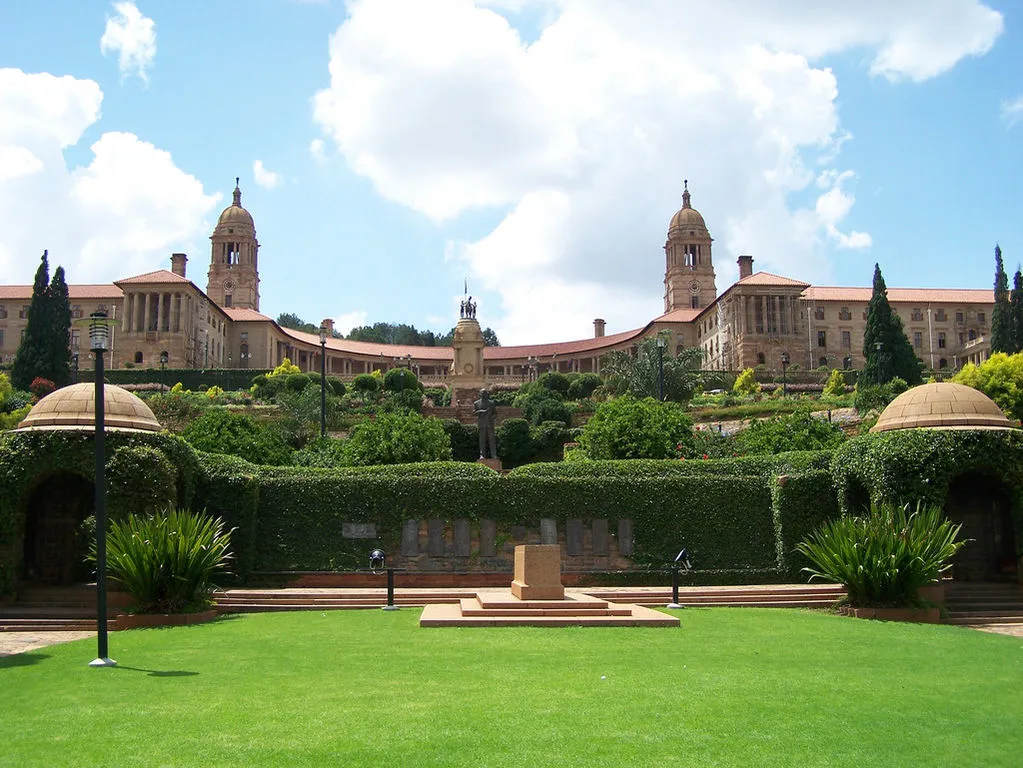
Nelson Mandela was South Africa’s first democratic president, and he was inaugurated at the Union Buildings, home of the president’s official office. Mandela held office there from 1994 to 1999. In 2013, after Mandela died, his body traveled through the city of Pretoria so people could pay their respects. The caravan ended at the Union Buildings, where he lay in a glass-top coffin for three days to allow visitors to view his body. Shortly after his body was removed, a nearly 30-foot-high statue of Mandela was unveiled in front of the buildings.
/https://tf-cmsv2-smithsonianmag-media.s3.amazonaws.com/accounts/headshot/JenniferBillock.png)
/https://tf-cmsv2-smithsonianmag-media.s3.amazonaws.com/accounts/headshot/JenniferBillock.png)